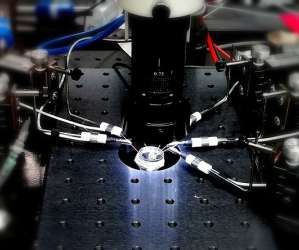TU Graz launches Christian Doppler Laboratory for Solid-State Batteries; support from AVL
Green Car Congress
NOVEMBER 16, 2020
The Graz University of Technology (TU Graz) in Austria has launched the Christian Doppler (CD) Laboratory for Solid-State Batteries. The aim is to make this particularly safe energy storage system fit for electric vehicles and other high-energy applications. Lighter solid-state batteries provide a higher energy density.












Let's personalize your content